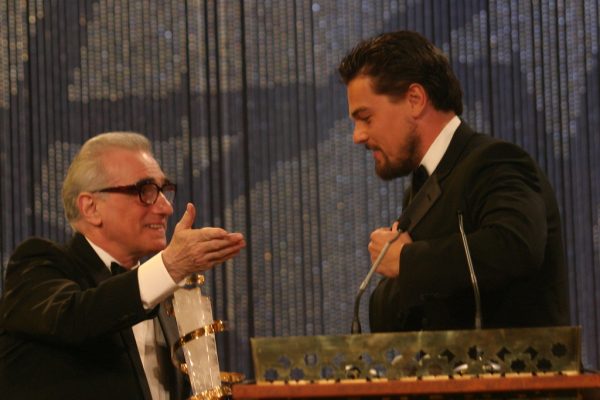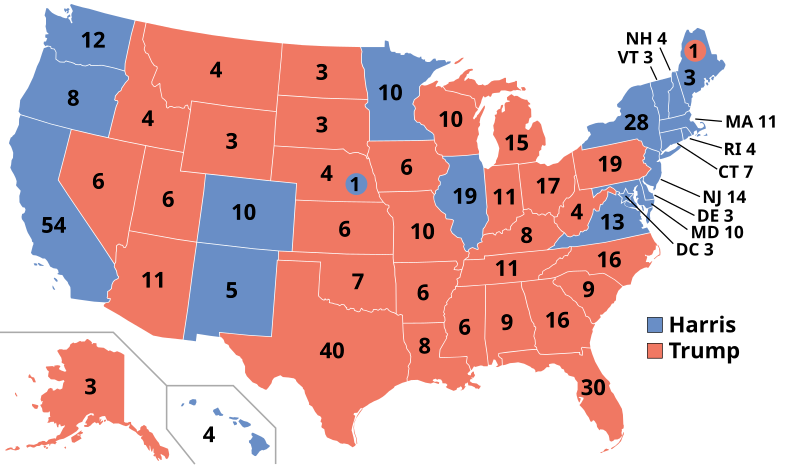Eighty-year-old director Martin Scorsese, regarded as one of (if not) the most celebrated directors of our time, known for films like “Raging Bull,” “Goodfellas,” and “The Last Temptation of Christ,” released his 26th film, “Killers of the Flower Moon,” on October 20th of this year. “Killers of the Flower Moon,” starring Leonardo DiCaprio, Robert De Niro, and Lily Gladstone, follows the 1920s true story of genocide, deception, and the infiltration of tribe, wealth, family, and fight for oil that ravaged the American South.
The massive film, clocking in at almost three and a half hours, is already critically acclaimed with a certified fresh score of 93% on Rotten Tomatoes. Much like its bombastic three-hour predecessor, “Oppenheimer,” “Killers of the Flower Moon” takes a true story and turns it into a thrilling experience that both teaches and entertains. The story follows Ernest Burkhart (played by Leonardo DiCaprio), an army veteran returning from WWI and moving to Oklahoma with plans to work for his late uncle, William Hale (played by Robert De Niro). Hale works in the oil industry, which was abundant in Oklahoma at the time, but the oil is all located within Osage Native American land resulting in the Osage people coming into extreme wealth instantaneously. Burkhart and many other white settlers in the area take advantage of the situation by marrying into the Osage families through their daughters, allowing the settlers to slowly inherit land rights from the families, eventually owning and controlling all of the oil. Burkhart and Hale are at the forefront of this operation, and as time passes, they become more extreme in their tactics until all of the Osage are eventually gone. Scorsese meticulously crafts the narrative, slowly escalating the stakes, creating a poignant triumph. Leonardo DiCaprio gives a phenomenal, nuanced performance, displaying the role of a confused character; one who both loves his wife and yet was manipulated into a mass murder plot. While that seems contradictory, the story would not work without this aspect— in this case, the heart overrides the brain, and Burkhart’s wife, Mollie, is the victim.
While certainly riveting, “Killers of the Flower Moon” wasn’t short of its own controversy. When handling such a trivial and sensitive topic, the question arises if Martin Scorsese, an Italian-American man, is the right person to tell this story. It could be argued that the story is cheapened in that it relegates the Osage people and characters into the background, forming a much broader and much whiter story. A story that, while certainly showing the evils of the event, is told by predominantly white characters and a white director. Yet many beg to differ, insisting that Scorsese does not take away from the story at all; rather, he brings a unique and shocking perspective that someone of only his magnitude is capable of.
In the twenty-first century, three-hour movies have become something of a point of contention. But worry not, Scorsese delivers yet again. “Killers of the Flower Moon” doesn’t yield a single second of downtime, using all of its duration effectively. It takes time to flesh out the world and build an unmatched atmosphere, while also shedding light on an incredibly overlooked time. Ultimately, it presents a powerful look into the destructive and oftentimes unknown American history, scoring a massive 9/10.






































